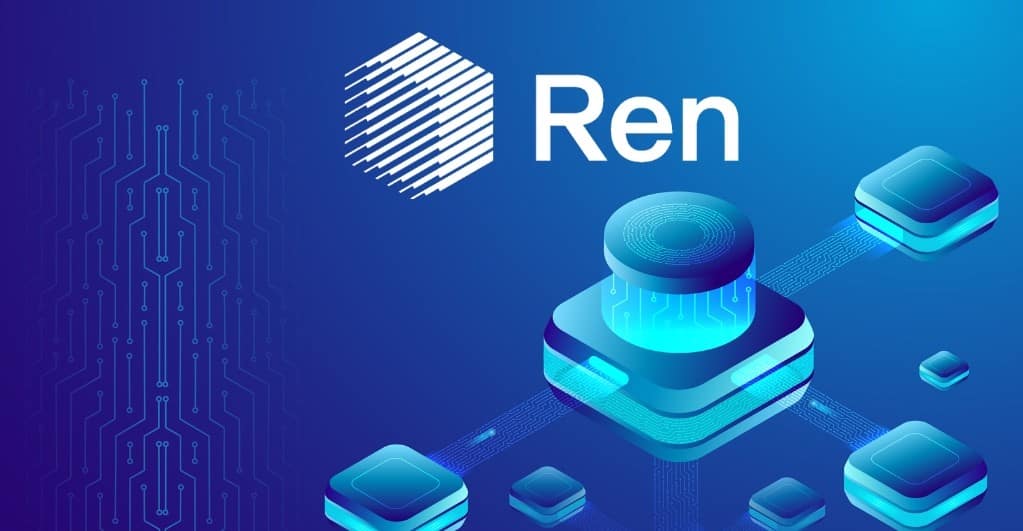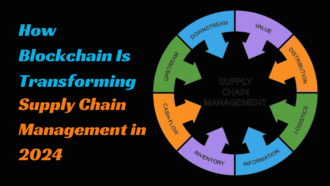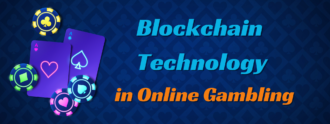Ren: Bridging Liquidity across Different Blockchains
In the rapidly evolving world of blockchain technology, one of the major challenges that has emerged is the lack of interoperability between different blockchain networks. Each blockchain operates independently, with its own set of rules and protocols, making it difficult for assets and liquidity to flow seamlessly across multiple chains.
However, with the advent of Ren, a groundbreaking protocol, the barriers hindering liquidity across different blockchains are being torn down. In this article, we will delve into the concept of Ren and explore how it facilitates the bridging of liquidity across various blockchains. If you are interested in Bitcoin, it is important to understand the benefits of using Bitcoin Cash for online transactions, as it offers a more efficient and cost-effective way to conduct digital payments.
Understanding Ren
Ren is an open protocol designed to enable the transfer of digital assets between different blockchains. It acts as a bridge that connects disparate blockchain networks, allowing users to move their assets across these chains in a decentralized and trustless manner. By leveraging Ren’s technology, users can unlock the full potential of blockchain networks and access a wider range of opportunities.
The Need for Liquidity Bridging
In the decentralized finance (DeFi) ecosystem, liquidity is the lifeblood that fuels innovation and growth. However, with liquidity fragmented across various blockchain networks, DeFi applications face limitations in terms of accessibility and scalability. Ren addresses this challenge by establishing a secure and efficient way to transfer assets across chains, enabling greater liquidity flow and expanding the scope of decentralized finance.
How Ren Works
Ren achieves its goal of bridging liquidity through a novel technique called “dark nodes.” These dark nodes play a crucial role in facilitating the movement of assets between different blockchains. When a user wants to transfer an asset from one chain to another, they lock their asset into Ren’s smart contract on the source chain. The locked asset is then released on the destination chain, representing a one-to-one representation of the original asset.
To ensure the security and integrity of the process, Ren employs a network of decentralized dark nodes. These dark nodes collectively manage the custody of the locked assets and verify the validity of the transactions. This distributed approach ensures that no single entity has control over the bridging process, making it resistant to censorship and manipulation.
Advantages of Ren
Ren offers several key advantages that make it a powerful solution for bridging liquidity across different blockchains:
Increased Liquidity
By enabling the seamless transfer of assets, Ren unlocks liquidity across previously isolated blockchain networks. This increased liquidity promotes the growth of DeFi applications, allowing users to access a broader range of financial services and opportunities.
Enhanced Accessibility
Ren’s protocol makes it easier for users to interact with assets from different blockchains. They no longer need to navigate complex and time-consuming processes to bridge their assets manually. Instead, Ren automates and streamlines the process, providing a seamless experience for users.
Decentralization and Security
Ren’s use of decentralized dark nodes ensures that the custody of assets remains in the hands of a distributed network. This decentralized approach enhances security, as it eliminates single points of failure and minimizes the risk of asset loss or compromise.
Cross-Chain Composability
With Ren, developers can leverage the bridging capabilities to build powerful cross-chain applications. The ability to access and combine assets from different blockchains opens up a whole new realm of possibilities for creating innovative DeFi solutions.
Use Cases of Ren
The versatility of Ren’s protocol enables a wide range of use cases within the blockchain ecosystem. Some notable examples include:
Interoperable DeFi Applications
Ren’s liquidity-bridging capabilities enhance the functionality of decentralized finance applications. By enabling cross-chain asset transfers, DeFi platforms can offer users more diverse investment options, lending opportunities, and yield farming strategies.
Cross-Chain Asset Swaps
Ren simplifies the process of swapping assets between different blockchains. Users can easily exchange their tokens across chains, tapping into the liquidity available on various networks. This functionality opens up new avenues for arbitrage and trading strategies.
Tokenization of Real-World Assets
Ren’s protocol can also be utilized to tokenize real-world assets and bring them onto blockchain networks. By bridging the liquidity between traditional assets and the blockchain, Ren paves the way for increased transparency, fractional ownership, and new investment possibilities.
Conclusion
Ren is a groundbreaking protocol that revolutionizes the concept of liquidity bridging across different blockchains. By providing a seamless and secure way to transfer assets, Ren unlocks the full potential of decentralized finance and fosters innovation within the blockchain ecosystem. As blockchain technology continues to evolve, Ren’s role in facilitating interoperability and liquidity flow will become increasingly vital. Embracing Ren’s protocol opens up a world of possibilities for developers, users, and the future of decentralized finance as a whole.

















